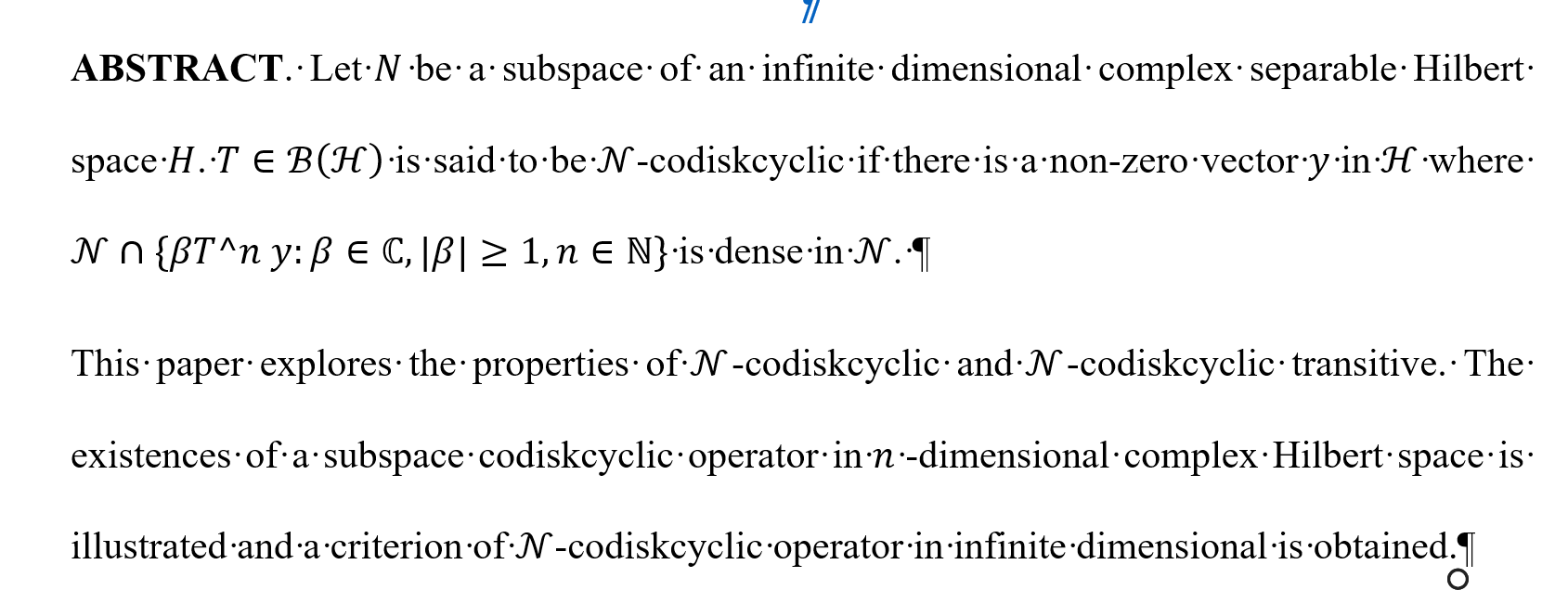Bipedal robotic mechanisms are unstable due to the unilateral contact passive joint between the sole and the ground. Hierarchical control layers are crucial for creating walking patterns, stabilizing locomotion, and ensuring correct angular trajectories for bipedal joints due to the system’s various degrees of freedom. This work provides a hierarchical control scheme for a bipedal robot that focuses on balance (stabilization) and low-level tracking control while considering flexible joints. The stabilization control method uses the Newton–Euler formulation to establish a mathematical relationship between the zero-moment point (ZMP) and the center of mass (COM), resulting in highly nonlinear and coupled dynamic equations. Adaptive approximation-based feedback linearization control (so-called adaptive computed torque control) combined with an anti-windup compensator is designed to track the desired COM produced by the high-level command. Along the length of the support sole, the ZMP with physical restrictions serves as the control input signal. The viability of the suggested controller is established using Lyapunov’s theory. The low-level control tracks the intended joint movements for a bipedal mechanism with flexible joints. We use two control strategies: position-based adaptive approximation control and cascaded position-torque adaptive approximation control (cascaded PTAAC). The interesting point is that the cascaded PTAAC can be extended to deal with variable impedance robotic joints by using the required velocity concept, including the desired velocity and terms related to control errors such as position, force, torque, or impedance errors if needed. A 6-link bipedal robot is used in simulation and validation experiments to demonstrate the viability of the suggested control structure.
Let R be associative ring with identity and M is a non- zero unitary left module over R. M is called M- hollow if every maximal submodule of M is small submodule of M. In this paper we study the properties of this kind of modules.
Throughout this work we introduce the notion of Annihilator-closed submodules, and we give some basic properties of this concept. We also introduce a generalization for the Extending modules, namely Annihilator-extending modules. Some fundamental properties are presented as well as we discuss the relation between this concept and some other related concepts.
 (1)
(1)
Abstract
Research title: The legal ruling of advice.
This research deals with the topic of advice, as the research included the following:
Preamble: I explained in it the meaning of advice in the Qur’an and Sunnah, and that what is meant by it is a good performance of the duty, then explaining its importance, importing it, and the difference between advice and what is similar to it, from enjoining good, denial, reproach and reprimand, backbiting and the will.
The first topic: It dealt with the ruling on advice, whether it is recommended or disliked, or forbidden, because what is meant by it is to give advice to others may be an obligation in kind, or it may be desirable or dislike
... Show MoreLet R be a commutative ring with identity, and let M be a unitary R-module. We introduce a concept of almost bounded submodules as follows: A submodule N of an R-module M is called an almost bounded submodule if there exists xÃŽM, xÃN such that annR(N)=annR(x).
In this paper, some properties of almost bounded submodules are given. Also, various basic results about almost bounded submodules are considered.
Moreover, some relations between almost bounded submodules and other types of modules are considered.
In the present paper, a simply* compact spaces was introduced it defined over simply*- open set previous knowledge and we study the relation between the simply* separation axioms and the compactness, in addition to introduce a new types of functions known as 𝛼𝑆 𝑀∗ _irresolte , 𝛼𝑆 𝑀∗ __𝑐𝑜𝑛𝑡𝑖𝑛𝑢𝑜𝑢𝑠 and 𝑅 𝑆 𝑀∗ _ continuous, which are defined between two topological spaces.
Let R be associative; ring; with an identity and let D be unitary left R- module; . In this work we present semiannihilator; supplement submodule as a generalization of R-a- supplement submodule, Let U and V be submodules of an R-module D if D=U+V and whenever Y≤ V and D=U+Y, then annY≪R;. We also introduce the the concept of semiannihilator -supplemented ;modules and semiannihilator weak; supplemented modules, and we give some basic properties of this conseptes
The aim of this paper is to generate topological structure on the power set of vertices of digraphs using new definition which is Gm-closure operator on out-linked of digraphs. Properties of this topological structure are studied and several examples are given. Also we give some new generalizations of some definitions in digraphs to the some known definitions in topology which are Ropen subgraph, α-open subgraph, pre-open subgraph, and β-open subgraph. Furthermore, we define and study the accuracy of these new generalizations on subgraps and paths.

Most of the Weibull models studied in the literature were appropriate for modelling a continuous random variable which assumes the variable takes on real values over the interval [0,∞]. One of the new studies in statistics is when the variables take on discrete values. The idea was first introduced by Nakagawa and Osaki, as they introduced discrete Weibull distribution with two shape parameters q and β where 0 < q < 1 and b > 0. Weibull models for modelling discrete random variables assume only non-negative integer values. Such models are useful for modelling for example; the number of cycles to failure when components are subjected to cyclical loading. Discrete Weibull models can be obta
... Show More (1)
(1)
